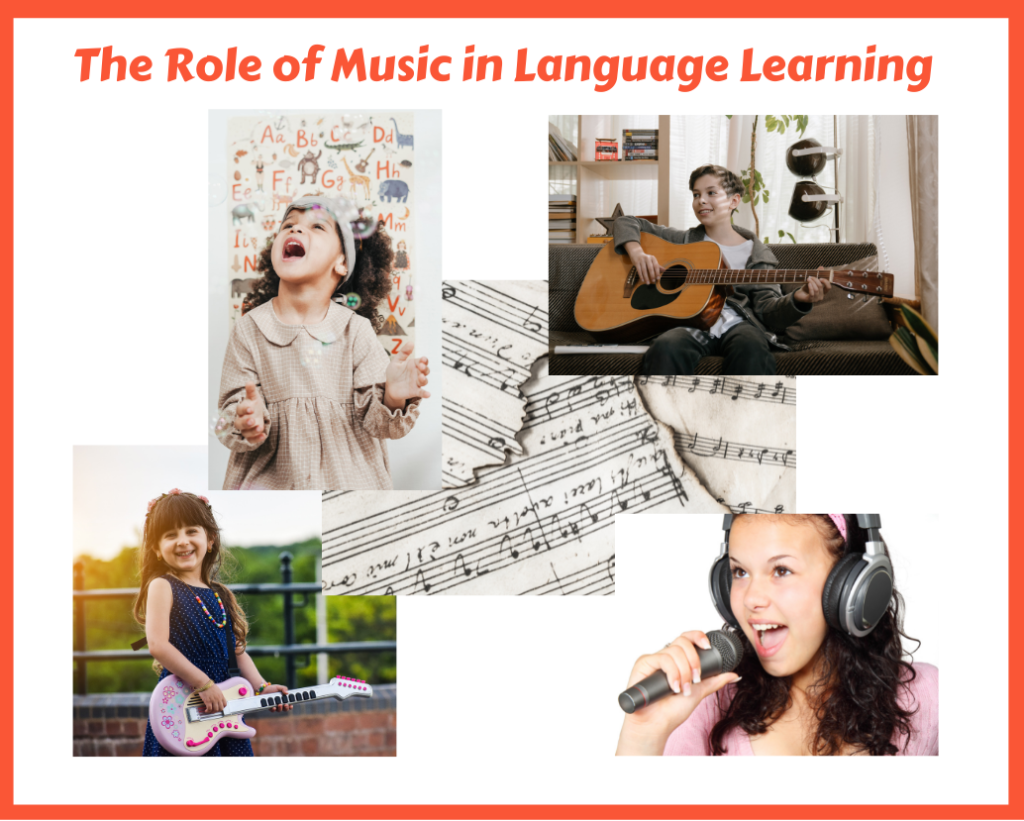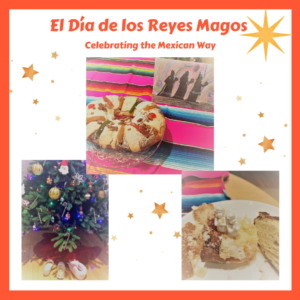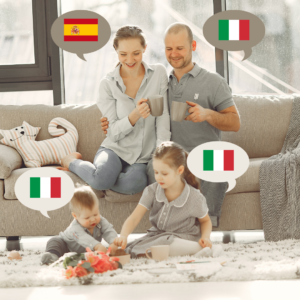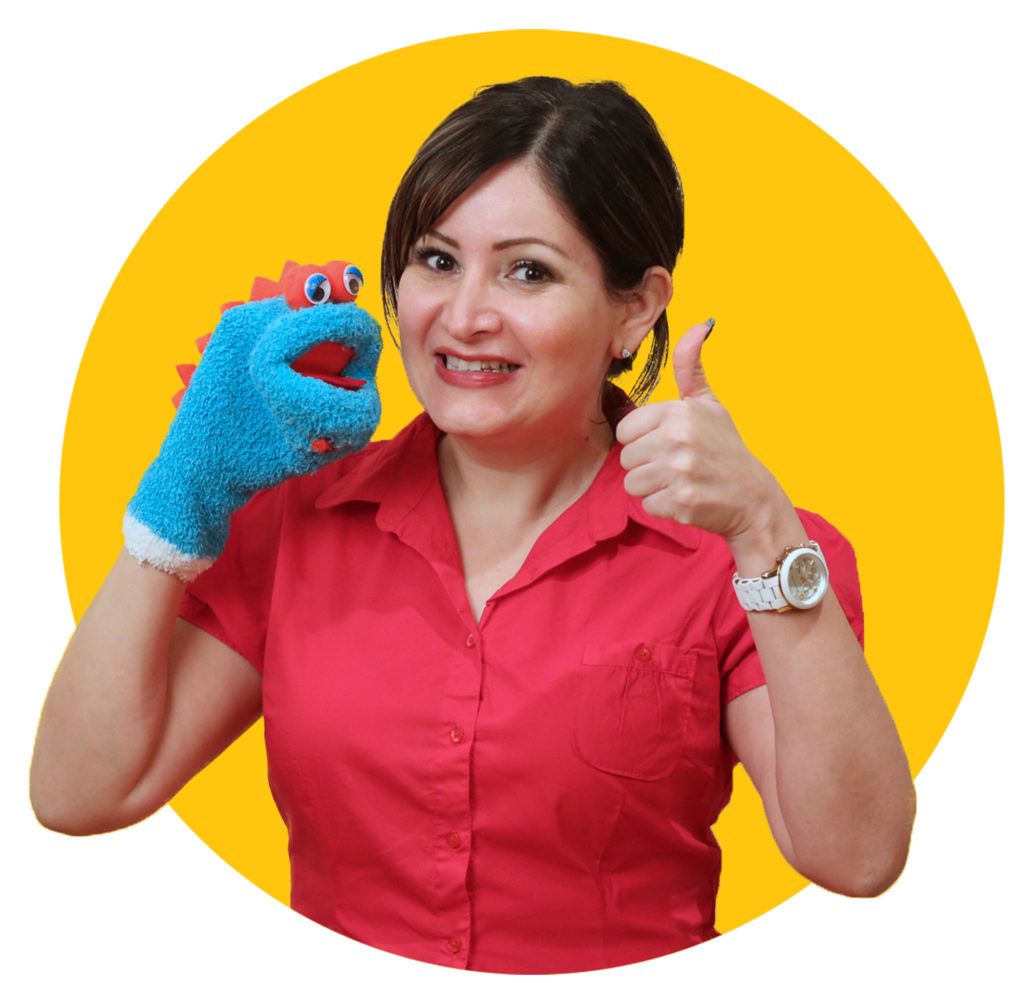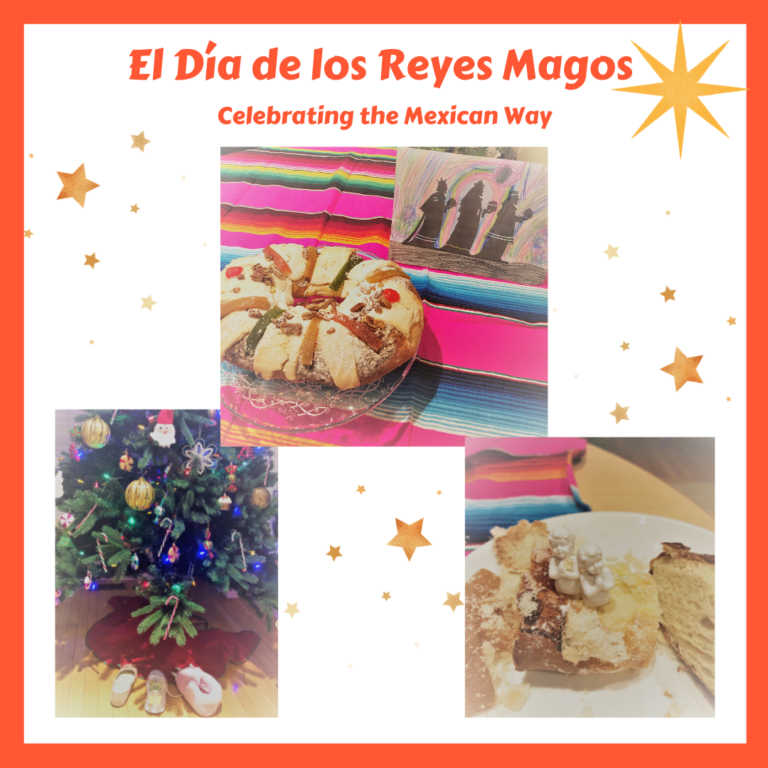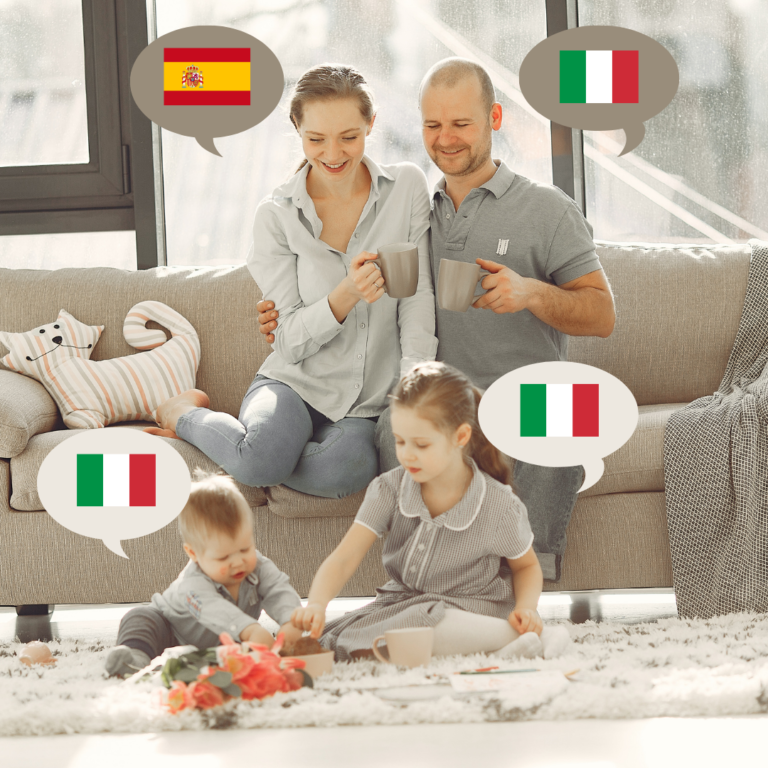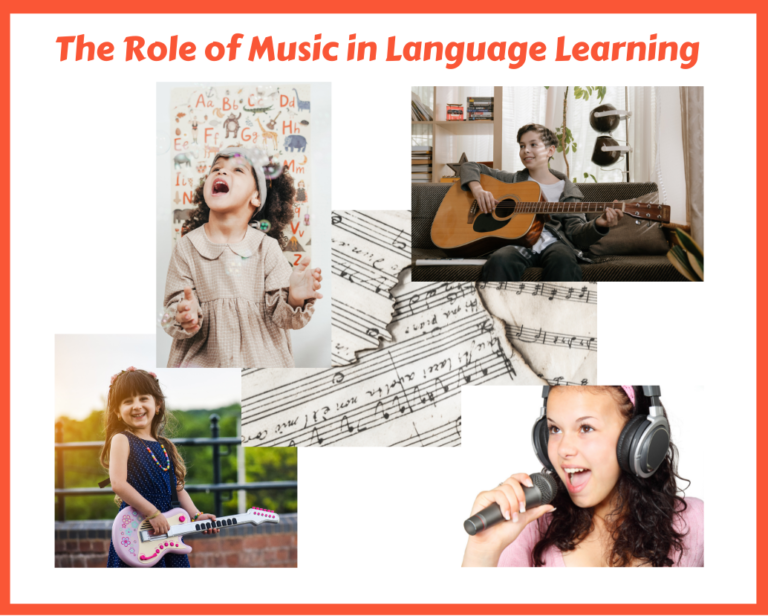Music as part of the activities in a language class has a lot of benefits for learners. As a teacher of Spanish for kids, I have seen first-hand that music and songs are very effective in enhancing the learning of a language.
Who doesn’t remember those times at school when we would sing, have fun and learn? While we knew the words to the music, what we were not aware of was the real reason behind using those songs in our learning process.
Research has proven that music stimulates both hemispheres of the brain, and this has a positive impact on learning and memorizing. When we sing or listen to music, our brain follows patterns that help us to understand, assimilate and remember information. This is why it is easier to remember the lyrics of a song than a long list of vocabulary words.
As a language learner myself, I clearly remember how my French improved when I surrounded myself with French music.
Listening to music is much more than learning words. When we sing in another language, we imitate the sounds we hear which helps us to improve our listening skills, pronunciation and fluency.
Singing also helps us learn and memorize new vocabulary. When we listen to a song several times, we link the new words we hear to the song melody, which makes these words easier to remember.
Music also brings a feeling of happiness and makes learning fun. When I use music in my Spanish for kids classes, I can clearly see the joy that it brings to the kids. Learning becomes exciting and fun. Adding movements while listening to the music also makes learning even better, especially for kinesthetic learners.
As well, music is great to reduce stress. When I start a class, I often use a song as a warm up activity. I start with a fun, happy song to help my students relax and prepare for the class.
Music and songs are also a great way to learn about other cultures. I love to share, with my little Spanish learners, traditional songs that elementary students in Spanish-speaking countries sing in their own schools.
There is no doubt that music enhances language learning. I encourage you to give it a try! The next time your little one needs to memorize a list of words, encourage him to pick his favourite song and have fun and change the lyrics to the material that she has to memorize.
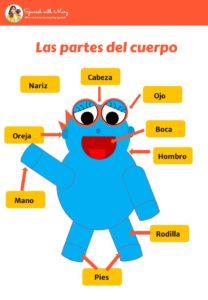 As an example and to help your little Spanish speaker learn about the parts of the body, I have prepared some activities following the Spanish version of the song “Head, Shoulders, Knees and Toes” (Cabeza, hombros, rodillas, pies). To receive your copy of these activities, please enter your email in the “Want more learning resources?” section below.
As an example and to help your little Spanish speaker learn about the parts of the body, I have prepared some activities following the Spanish version of the song “Head, Shoulders, Knees and Toes” (Cabeza, hombros, rodillas, pies). To receive your copy of these activities, please enter your email in the “Want more learning resources?” section below.
Other resources to help you is this editorial Panamericana book with the song in it. You can also watch a video by Canta con Jess with the song. She does a great job singing and dancing while teaching the body parts in this video.
Have fun learning!

